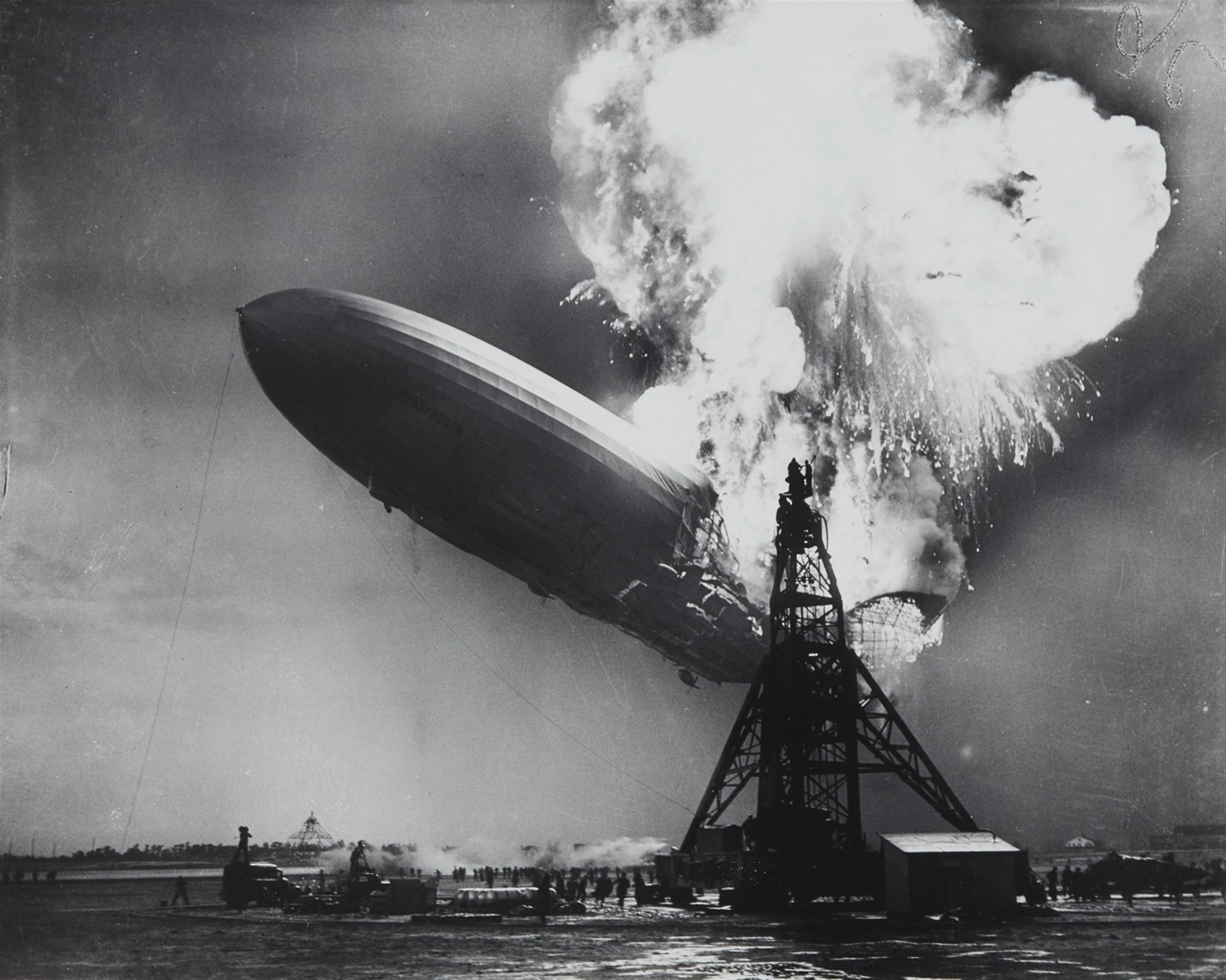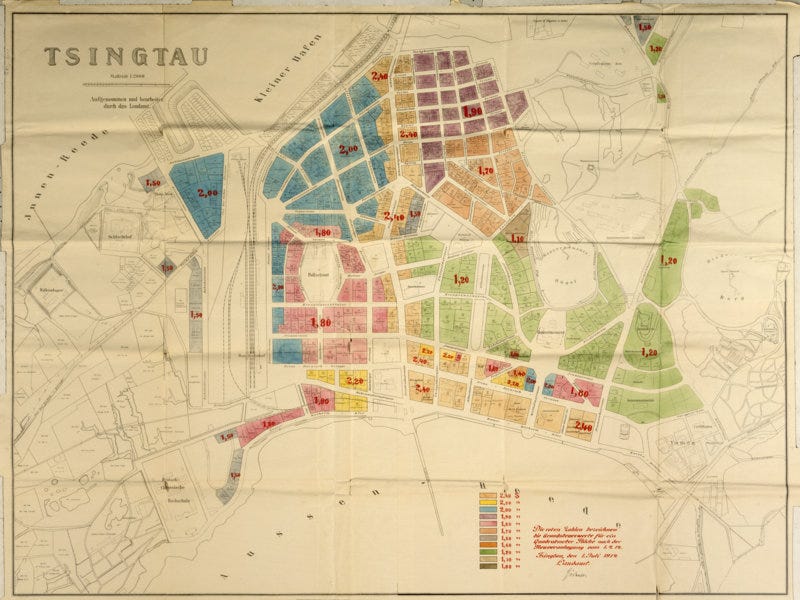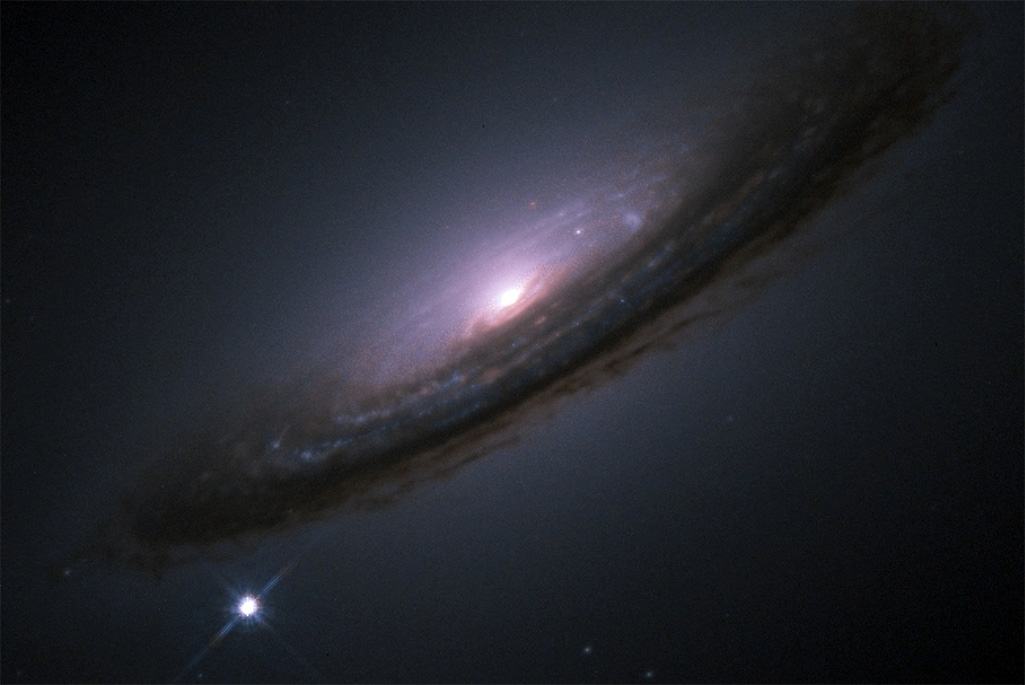
The end of the road? What The Salt Path scandal means for the nature memoir
It wasn’t the first hit memoir to tell a story of redemption inspired by the great outdoors – but could it become one of the last? Authors and publishers assess the damage
W hen The Salt Path came out in 2018, it was a publishing phenomenon, going on to sell more than 2m copies globally. As even those who haven’t read it are likely to know by now, the book charted Raynor Winn and her husband Moth’s emotionally and physically transformative long-distance walk along the South West Coast Path in the wake of utter disaster: a financial collapse that cost them their home, and Moth’s diagnosis with an incurable neurological disorder. Winn followed it with two further books in a similar vein, The Wild Silence and Landlines, also bestsellers. Earlier this year came a film of The Salt Path, starring Gillian Anderson and Jason Isaacs. That original book by a first-time writer had become what writers, editors and booksellers all dream of: a bestselling, spin-off generating brand.
But it wasn’t the first nature memoir to top the charts, by any means. In 2012, Wild by Cheryl Strayed described the 26-year‑old’s hike across the west coast of America in the wake of her mother’s death and the end of her marriage, and after soaring up the book charts it was made into a film starring Reese Witherspoon two years later. That same year, H Is for Hawk by Helen Macdonald was a surprise bestseller, telling the story of a year spent training a Eurasian goshawk as a journey through grief after the death of their father. In 2016, Amy Liptrot’s The Outrun saw her return to the sheep farm on Orkney where she’d grown up in order to recover from addiction through contact with nature; it was also recently filmed, with Saoirse Ronan in the lead role. Meanwhile, in last year’s bestselling Raising Hare, foreign policy adviser Chloe Dalton describes moving to the countryside, rescuing a leveret and rediscovering her relationship with the land.














